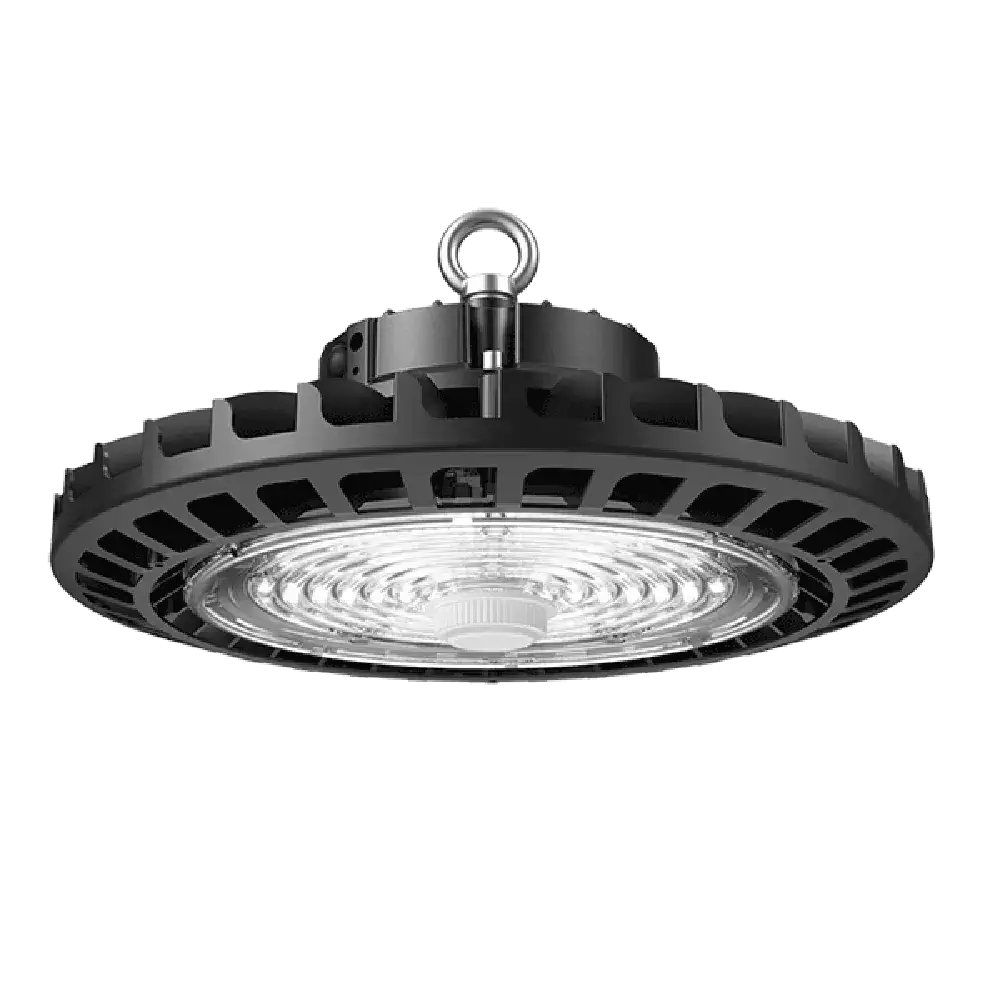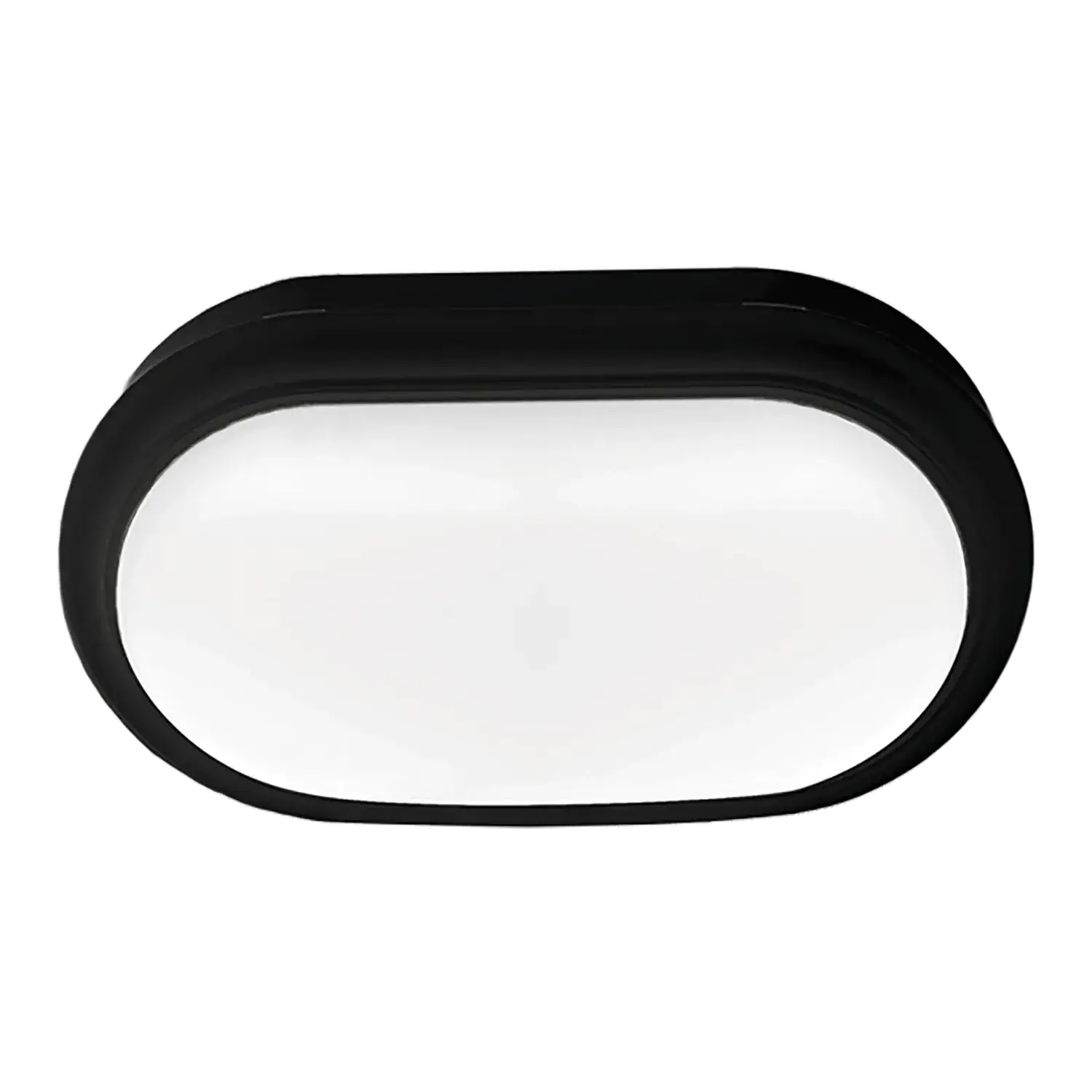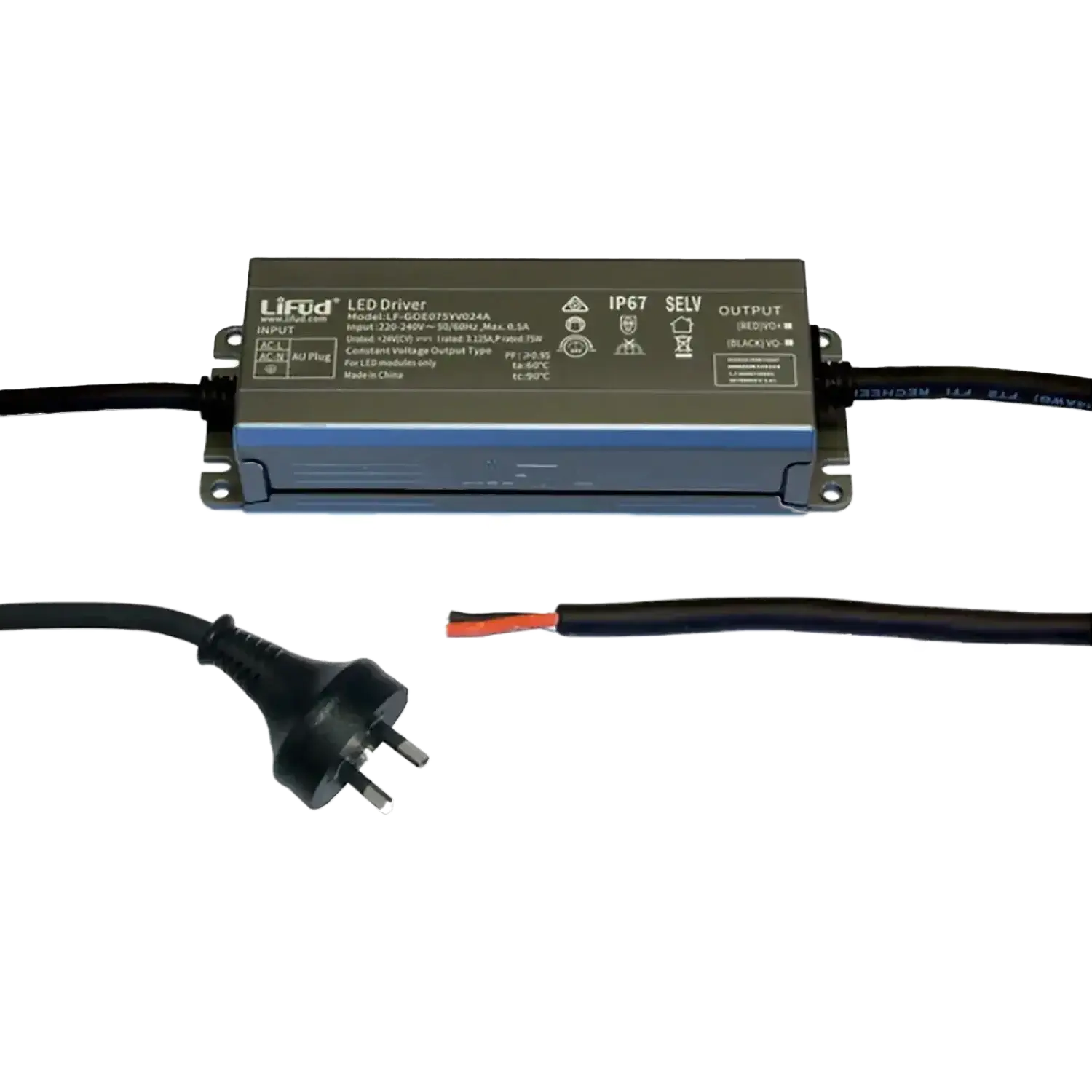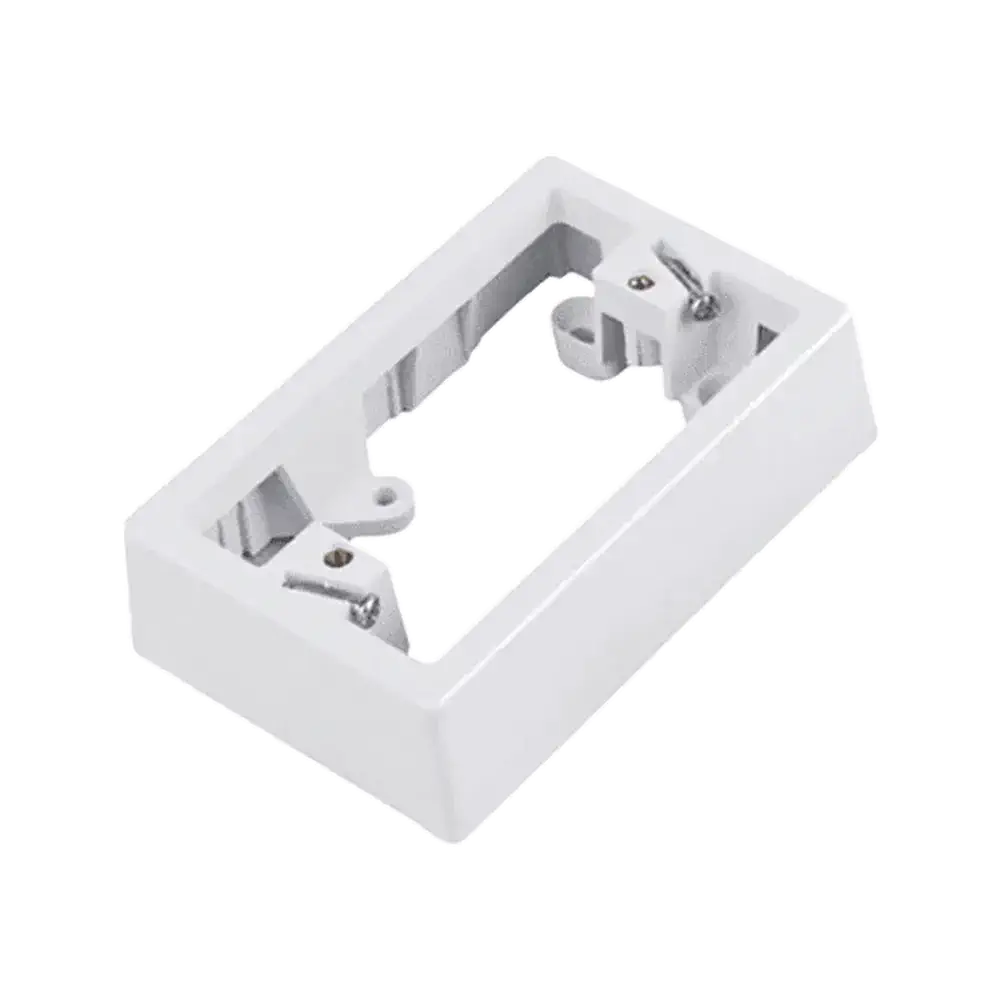LED Strip Lights vs. Traditional Lighting: Pros and Cons
Nowadays, LED strip lights are an increasingly popular method of lighting up spaces. They are different from the old school lights that we are used to, and the right ones can be the ones that take some airlines such as how much power they use, how low a quotation they come at, and where you are intending to use them to the skies and beyond. We’ll look at the good and bad points of LED light strips compared to regular lights in this post, so you can make a right choice.
What Are LED Strip Lights?
LED strip lights are flexible circuit boards with light-emitting diodes (LEDs) built in. You can cut these lights to fit different lengths, which makes them great for lots of uses. You will see LED strips in various forms such as flexible ones, onto a rigid support or just regular strips. o removed as I believe the idea was that they could be used for all different kinds of things to give you some examples, such as adding a soft low light to functional objects of daily use, fancy light shows.
Understanding Traditional Lighting
Old-fashioned incandescent bulbs, fluorescent lights, and halogen lamps are some of the conventional lighting sources. Thus, a lot of people have been drawn to their warm and familiar glow for decades. The earliest lighting often is most of the time still vintage in a lot of households as it is often the cheaper option at first and also available at stores.
Pros of LED Strip Lights
Energy Efficiency
LED strip lights are much more energy-efficient compared to conventional lighting. They convert a significant portion of electricity into light, hence reducing waste and electricity bills. As an example, LED strip lights in New Zealand (NZ) are a great choice for energy-saving homeowners.
Longevity
The most notable advantage of LED strip lights is their durability. Usually, LED strips have a working life of approximately 50,000 hours, which is longer than standard conventional lighting options. Consequently, the longer usage translates into fewer replacements, which in turn saves time and money in the long run.
Flexibility and Versatility
LED strip lights are the best in terms of production. LED strips can boast the title of the best line of lights as the customer will appreciate flexible standing. LED light strips come with the advantage of flexibility since squeezing and molding of them to fit into most spaces, as such, providing perfect extra lighting. There should also be a sentence like this: Best LED strips are accessible in different colors and brightness levels, so you can adjust the lighting whichever way you want.
Customization
LED strip lights are teeming with opportunities for the user to customize the experience. You can adjust the color and the brightness. Or you can even program it to change the dher spectrum, such as fading or flashing, to create the ambience that you want. The flexibility feature is what these lights are being applauded for.
Cons of LED Strip Lights
Initial Cost
While LED strip lights offer long-term savings, their initial cost is higher than traditional lighting. The upfront investment might deter some buyers, especially those on a tight budget. However, the energy savings and longevity often offset this initial expense over time.
Installation Complexity
Installing LED strip lights can be more complex than traditional lighting, especially for those unfamiliar with electrical work. While some LED light strips are plug-and-play, others require soldering or connectors, making the installation process more challenging for beginners.
Heat Sensitivity
Although Best LED strip lights are more energy-efficient, they can be sensitive to heat. Excessive heat can reduce their lifespan and performance. Therefore, it’s crucial to ensure proper heat management during installation, particularly in confined spaces.
Pros of Traditional Lighting
Affordability
Traditional lighting options are generally more affordable upfront. Incandescent and fluorescent bulbs are widely available at lower prices, making them accessible to a broader audience. This affordability makes traditional lighting attractive for those looking to reduce immediate costs.
Availability
Traditional lighting is readily available and familiar to most people. You can find these lighting options in almost any store, making replacements convenient and hassle-free. This widespread availability ensures you can quickly find your need without extensive searching.
Proven Performance
Traditional lighting has a long history of proven performance. These lights have a long history of consistent and reliable illumination, as they have been used for decades in homes, offices, and public spaces. Their warm, soft glow is particularly favoured in environments where a cosy atmosphere is desired.
Cons of Traditional Lighting
Energy Consumption
Traditional lighting consumes more energy than LED strip lights. Incandescent bulbs, in particular, are notorious for their inefficiency, converting much of the energy into heat rather than light. This higher energy consumption increases electricity bills and a larger carbon footprint.
Shorter Lifespan
Traditional lighting options have a shorter lifespan compared to LED strip lights. Incandescent bulbs typically last around 1,000 hours, while fluorescent tubes may last up to 15,000 hours. The need for frequent replacements can be inconvenient and costly over time.
Environmental Impact
Traditional lighting has a more significant environmental impact. Incandescent bulbs contain materials that are harmful to the environment, and fluorescent tubes contain mercury, which poses a disposal hazard. In contrast, LED strip lights are more eco-friendly, contain no hazardous materials, and consume less energy.
Comparison Chart
| Feature | LED Strip Lights | Traditional Lighting |
| Energy Efficiency | High | Low |
| Lifespan | Up to 50,000 hours | Up to 15,000 hours |
| Initial Cost | Higher | Lower |
| Installation | Complex | Simple |
| Customization | Extensive | Limited |
| Environmental Impact | Low | High |
Applications and Best Use Cases
When to Use LED Strip Lights
Such lighting would be best suited for spaces in which the prime considerations are energy efficiency, customization, and flexibility. Although, the initial cost is high, but it also saves your cost of electricity bill. They work well with accent lighting, under-cabinet installations, and creative projects. If you happen to be in New Zealand, LED strip lights form a great option to have a modern and energy-conscious home.
When to Opt for Traditional Lighting
Traditional lighting may show some benefit where low initial cost is paramount or a warm, familiar glow is desired. In living rooms, dining areas, and spaces where you want to create an atmosphere, they work quite well.
Conclusion
The choice between LED strip lights and traditional lighting will have to be based on your needs and priorities. With the facts that they are energy-efficient, long-lasting, and versatile, LED strip lights do make a lot of sense in many situations. Meanwhile, traditional lighting still works for anyone who wants an inexpensive option with the kind of look people are used to. Your final decision will therefore be guided by budget, environmental concerns, and intended use.






















































